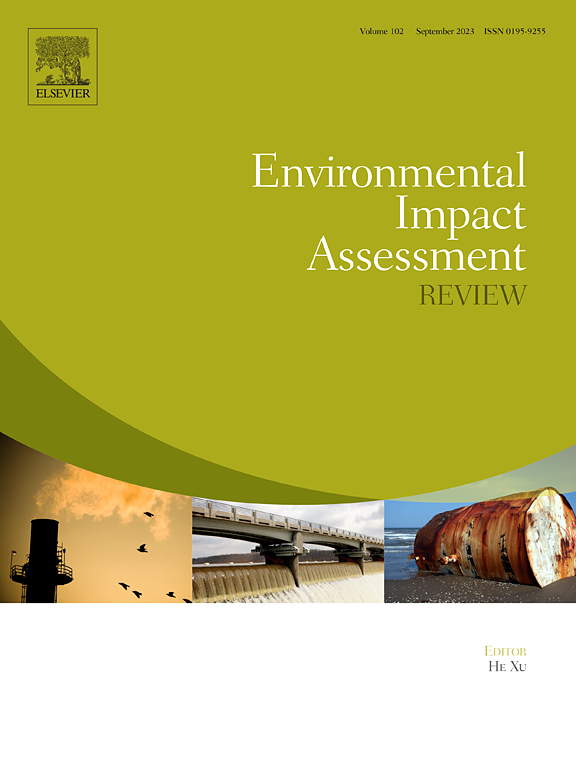How government expenditure reduces energy poverty? Evidence from spatial quantile model
IF 11.2
1区 社会学
Q1 ENVIRONMENTAL STUDIES
引用次数: 0
Abstract
Government expenditure is the core measure of maintaining the welfare of the general public, especially low-income families. Therefore, to investigate the potential effect of government expenditure on energy poverty reduction, this paper first calculates the energy poverty index of 30 provinces in China, and then explore how government expenditure mitigates energy poverty. The estimation results of the spatial quantile model show that: (1) there exists a positive spatial autocorrelation in energy poverty, indicating that energy poor areas are often contiguous, such as Guizhou-Yunnan, and Qinghai-Gansu-Shanxi. (2) Government expenditure has a negative effect on energy poverty across all quantile provinces, meaning that government expenditure is advantageous for alleviating energy poverty. (3) Heterogeneity analysis reveals that both educational expenditure and resource exploration expenditure contribute to the alleviation of energy poverty. However, the impact of social security expenditure on poverty reduction is limited. (4) The mediating role of green technology innovation and green finance is prominent. Specifically, green technology innovation has a positive impact on energy poverty reduction in all quantile groups, while green finance only has a prominent effect on the provinces with lower energy poverty. Following the above results, this article proposes relevant policies to optimize government expenditure structure and reduce energy poverty.
政府支出如何减少能源贫困?空间分位数模型的证据
政府支出是维持普通民众特别是低收入家庭福利的核心措施。因此,为了考察政府支出对能源贫困的潜在影响,本文首先计算了中国30个省份的能源贫困指数,然后探讨政府支出对能源贫困的缓解作用。空间分位模型估算结果表明:(1)能源贫困存在正空间自相关关系,表明能源贫困地区往往是连续的,如贵州-云南、青藏甘山西等。(2)在所有分位数省份,政府支出对能源贫困都有负向影响,即政府支出有利于缓解能源贫困。(3)异质性分析表明,教育支出和资源勘探支出对能源贫困的缓解都有促进作用。然而,社会保障支出对减贫的影响是有限的。(4)绿色技术创新与绿色金融的中介作用突出。具体而言,绿色技术创新对能源贫困减贫在所有分位数组均有正向影响,而绿色金融仅对能源贫困程度较低的省份有显著影响。根据上述结果,本文提出了优化政府支出结构,减少能源贫困的相关政策。
本文章由计算机程序翻译,如有差异,请以英文原文为准。
求助全文
约1分钟内获得全文
求助全文
来源期刊

Environmental Impact Assessment Review
ENVIRONMENTAL STUDIES-
CiteScore
12.60
自引率
10.10%
发文量
200
审稿时长
33 days
期刊介绍:
Environmental Impact Assessment Review is an interdisciplinary journal that serves a global audience of practitioners, policymakers, and academics involved in assessing the environmental impact of policies, projects, processes, and products. The journal focuses on innovative theory and practice in environmental impact assessment (EIA). Papers are expected to present innovative ideas, be topical, and coherent. The journal emphasizes concepts, methods, techniques, approaches, and systems related to EIA theory and practice.
 求助内容:
求助内容: 应助结果提醒方式:
应助结果提醒方式:


